The other day while browsing the internet, I came across this cool video:
https://www.facebook.com/bonappetitmag/videos/10156485193135367/
A colour changing tea! How cool is that! On my journey through Malaysia, I learnt that these teas are popular in certain regions of South East Asia, occasionally used in cooking to dye rice or cakes. Brewed as a tea, it is a dark blue and can be taken as is or upon adding lemon juice, changes to a brilliant shade of violet. Some chain tea shops turn the colour-morphing properties into a gimmick, layering it with milk or lemon juice to obtain different colours.
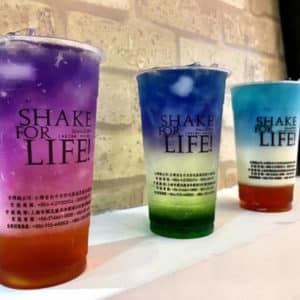
Drinks from Ding Tea’s “Fantasy Butterfly Series”, check out all the colours!
This is very similar to the cabbage chemistry experiment (as seen in our Chemical Capers workshop!), where the purple liquid extracted from boiling red cabbage leaves in water changes colour as you mix it with different things. Plants such as these contain chemical compounds called anthocyanins that will change colour depending on the acidity/alkalinity, or pH, of the solution. The same chemicals are responsible for leaves of some trees to turn red or purple when autumn approaches! Since they can help us determine the pH of a solution by the colour it changes to, we call them pH indicators.
Not sure where to buy this stuff?
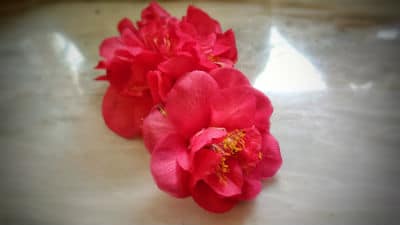
Beautiful camellia flowers from my garden!
While red cabbage is pretty easy to obtain at your local supermarket, the blue pea flower may prove harder to find, or quite pricey…fear not, there are plenty of other plants that contain colour changing chemicals. Why not get your students to venture out to the school gardens or their own backyards to find brightly coloured plants to experiment with? Brew up a few cups of “tea” (makes sure each one only contains one type of plant) and see if any of them can be used as a pH indicator!
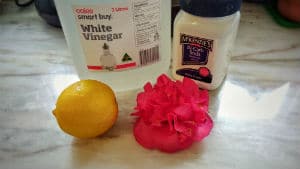
What you will need
- A big handful of flowers, preferably intensely coloured. Roses are great!
[SAFETY – supervise this and be sure that you know that the flower petals are not poisonous. If not sure, don’t use the plant]. - Hot water
- Heatproof container, bowl or mug
- Test samples: vinegar, bicarb soda, lemon juice and anything else you can find!
- Small containers or white ice cube tray for samples
Method
- Separate the petals and place them into the heatproof container.
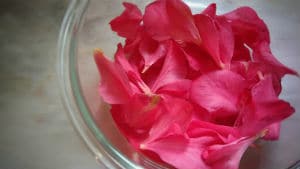
- Add boiled hot water, stir and let sit for a few minutes.
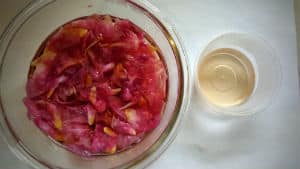
- Set up samples by pouring each test solution into a small container or one compartment of the ice cube tray. Don’t forget to label them! Some samples maybe need dissolving in water first (bicarb soda, toothpaste etc).
- Add some flower juice to each sample and see if the colour changes!
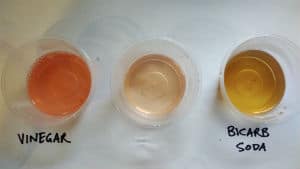
In this case, the pale yellow solution we got from our camellia petals turned dark pink when added to vinegar, but turned greenish yellow when added to a bicarb soda solution! Now, not all plants and flowers will give the same range of colours, or even change colour at all! So don’t despair if the one you have chosen doesn’t seem to work. A fun research project could be to find out why certain plants contain pH indicating-chemicals or not!
Happy teaching,
Learn more about plants with the Fizzics team!

NEW Primary science teaching book!
“Be Amazing! How to teach science, the way primary kids love”
Want more ideas for teaching science?
Subscribe to the FizzicsEd Podcast!









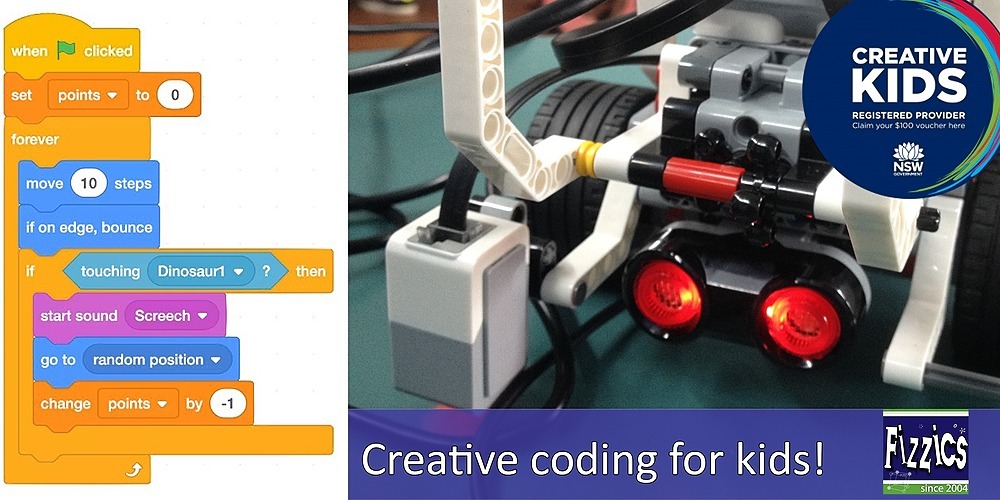
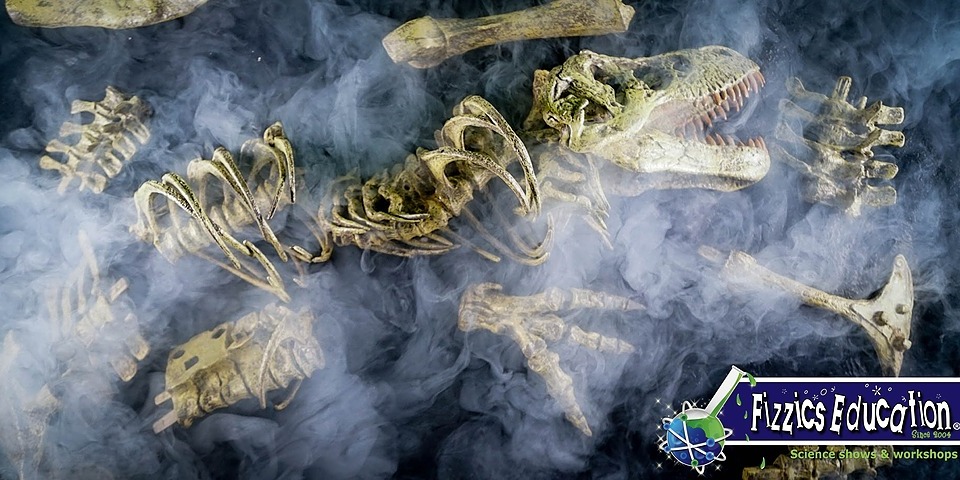












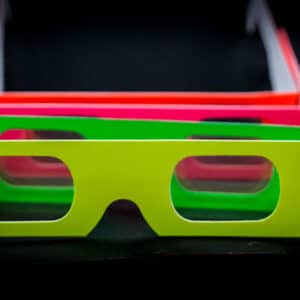
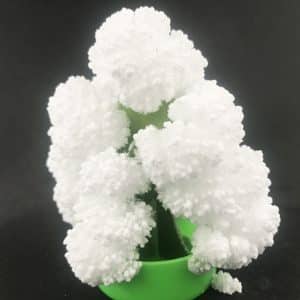


Comments